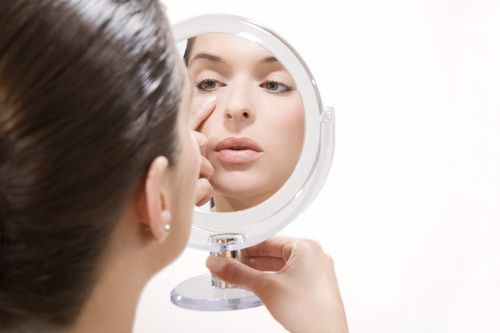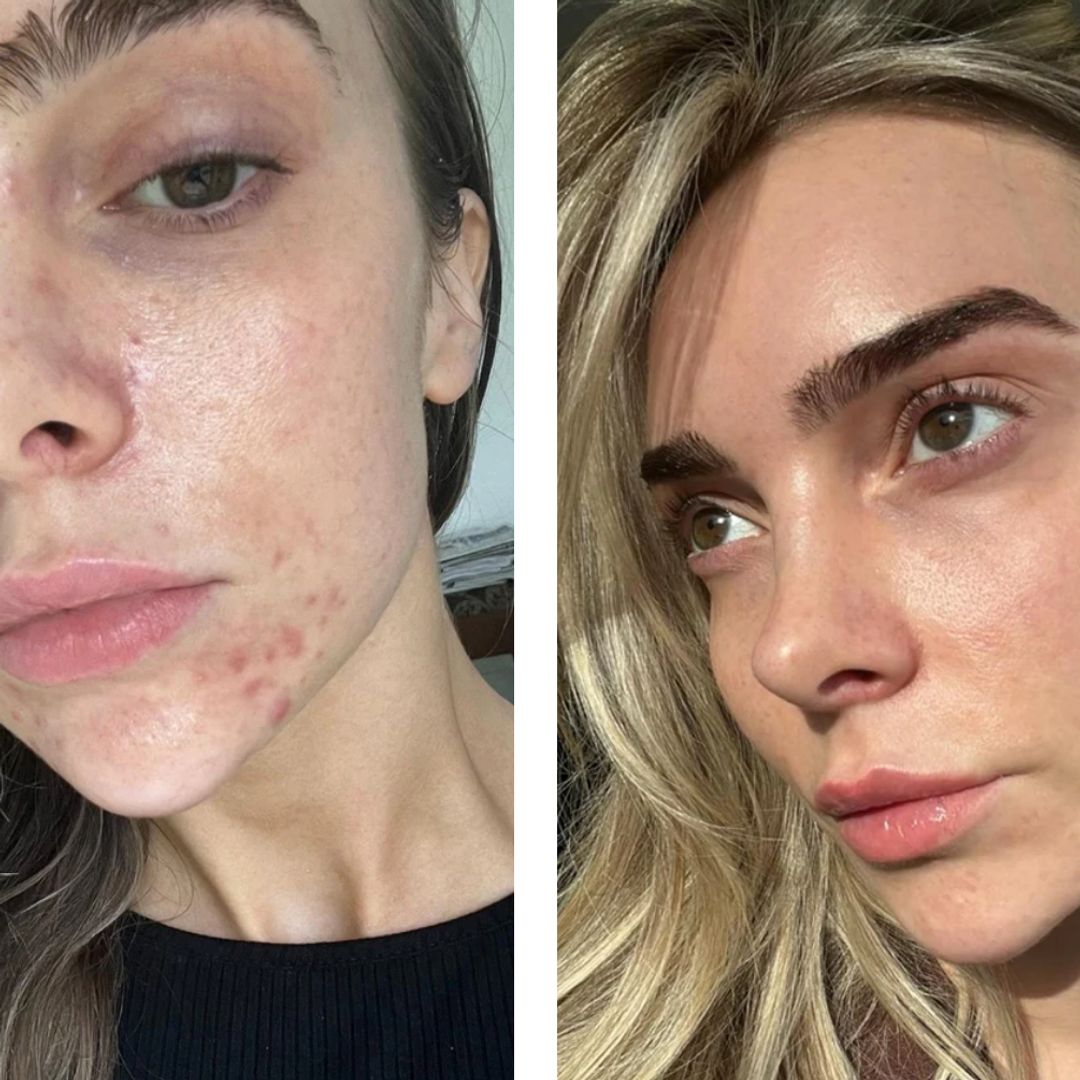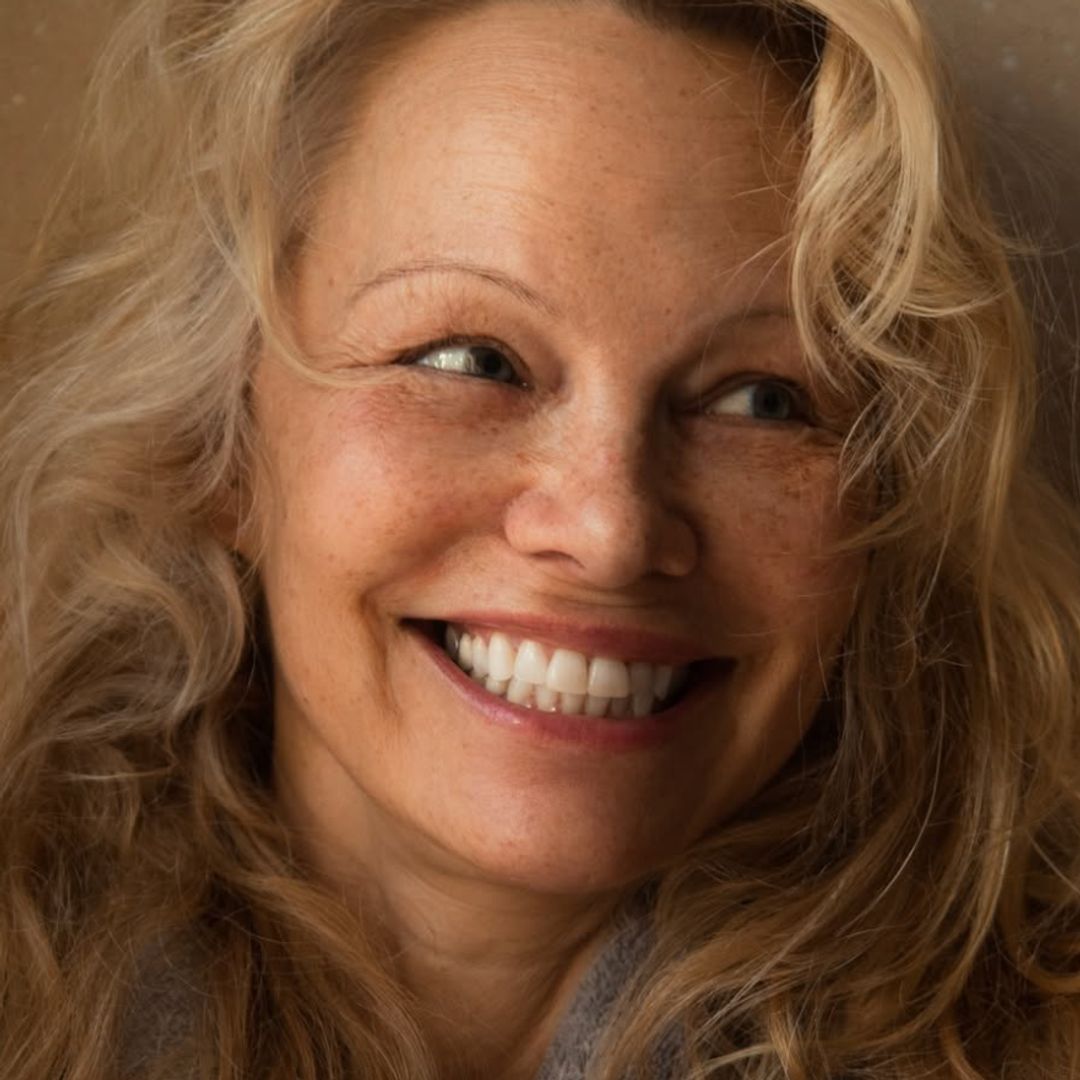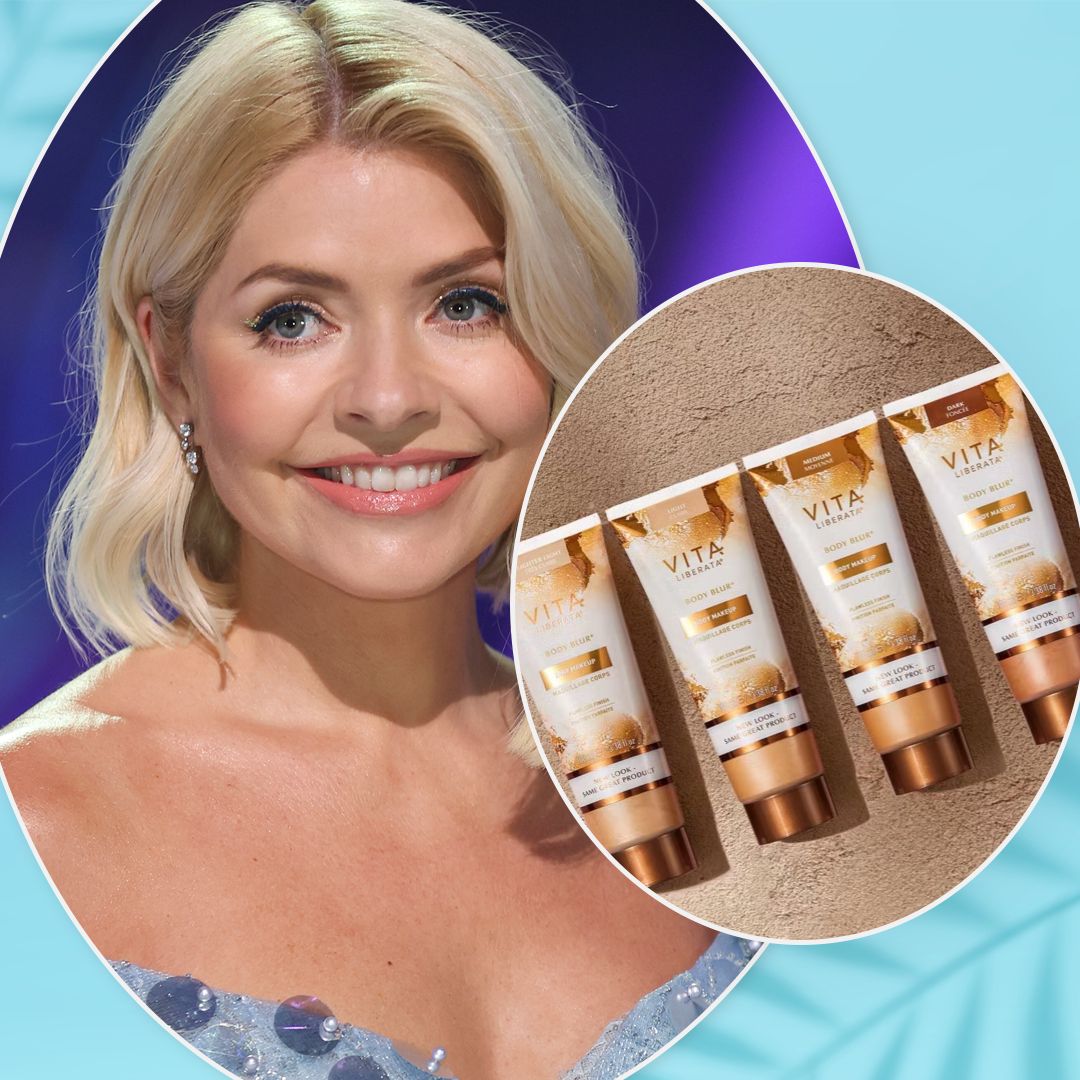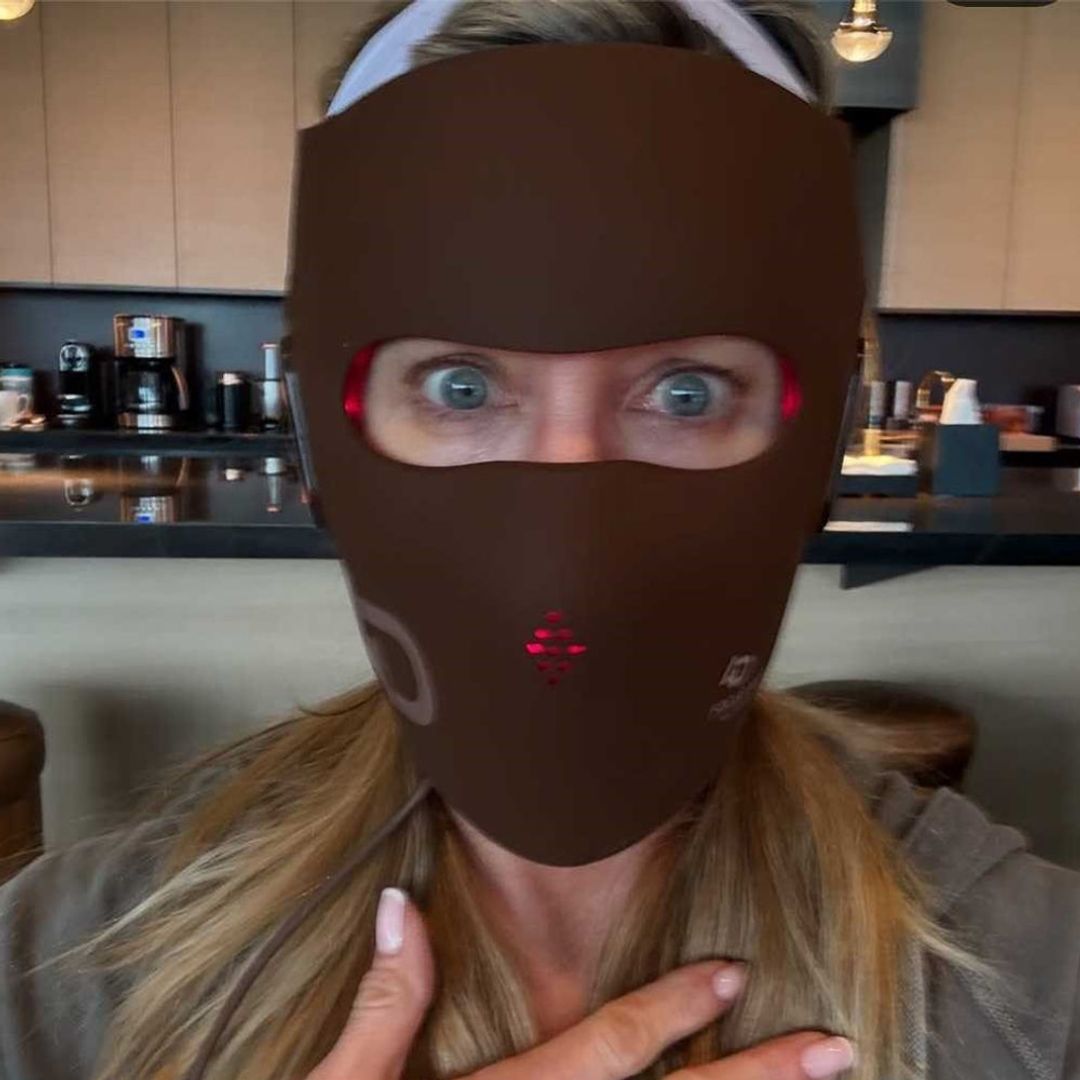When you're an adolescent and your skin erupts in pimples just before a big date, it can be tempting to reassure yourself that at least you'll grow out of in a few years. Sadly, it isn't quite as simple as that.
In general, acne is caused by hormonal changes, which explains why eight out of ten of us suffer with spots and blemishes at some point during our teens. And it's true that in the vast majority of cases the problem seems to go away with age. Even so, acne and skin problems aren't limited to youth. In fact, many adults – even those who got through their teen years spot-free – also suffer. In particular, many women go through spotty phases, sometimes due to the hormonal changes associated with menstruation, pregnancy or menopause.
The root of the problem
Understanding how spots form is the first step. During the normal process of skin regeneration, cells die off, and a spot occurs when a hair follicle or pore is blocked by these dead cells. The natural oils that the skin secretes can't find a way out, and a perfect environment is created for bacteria to breed in. This causes irritation and inflammation, leading to the formation of a spot. Clearly, then, the simple way to prevent spots forming is to make sure the pores don't get blocked, which entails rigorous hygiene routines, particularly if your skin tends to be greasy.
Above all: cleanliness!
The best way to stop pores getting clogged is to make sure you cleanse properly every night using an oil-free product. In some cases, with oily complexions where the problem is particularly serious, it may be necessary to repeat the process each morning, too. Mousse and foam products have the advantage of emulsifying on contact with water which means they cleanse the skin without the need to rub or scrub. If you use a gel, it's important to rinse well to avoid soap residue that may irritate the skin.
Exfoliation
To complement your scrupulous cleansing routine, mild exfoliation can be beneficial, using a chemical peel product containing keratolytic agents such as alpha hydroxy acids. These chemical compounds eliminate dead skin cells without irritating the complexion and have a similar effect to microdermabrasion. There are products available for home use, although those used by professional beauticians tend to be stronger and produce longer-lasting effects.
The odd spot
Even women with normally dry skin can suffer the occasional pimple, particularly during times of stress or just before a period. In this case, it's best to find a product that is applied directly to the problem area itself. There are lots of products on the market specifically for these 'one-off' blemishes. These may come in the form of gels or lotions that you dab directly on the affected zone, or even patches that you apply overnight to reduce inflammation and speed the drying out and healing process.
Worst case scenario?
A spotty complexion may seem a trivial issue, but can be a real confidence killer and is definitely worth taking seriously. Adult acne is a fact, and it can be just as extreme as in adolescence, with rashes of spots often appearing on the cheeks, rather than on the forehead and chin. There are other adult skin problems, too, where the T-zone is the focus. If it's bothering you, don't hesitate to go along to you doctor and ask to be referred to a specialist in dermatology. They'll know what's best for your particular situation, whether it's tablets or creams, or simply sound professional advice about cleansers and other skin products.
The bottom line
Whatever type of spot it is, however tempting, the golden rules is, of course, “Don't touch!” For those who are incorrigible squeezers of blackheads, zits and pimples, make sure you wash your hands with soap and water or anti-bacterial gel, and apply a disinfectant to the affected area afterwards.

